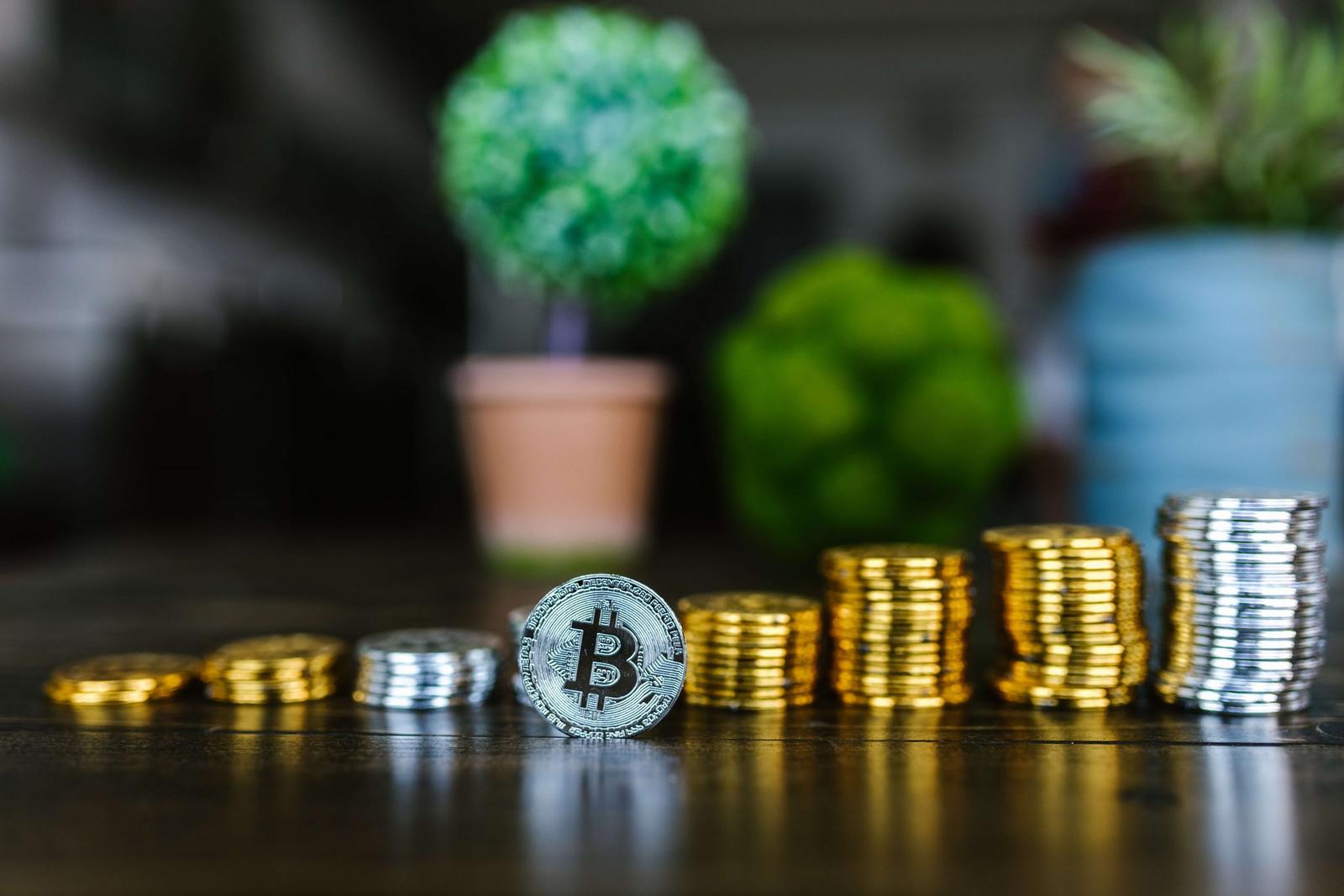Blockchain technology, together with NFTs, has created a very interesting and special place for artists to not only showcase their new works but also generate a direct source of income. So what exactly are Blockchain and NFTs, and what’s to come for art in the near future?
Blockchain
Before we get into the nitty-gritty of NFTs, we first need to understand what a Blockchain is, and the importance of this new technology. Blockchain is a method of storing information in such a way that it is difficult or nearly impossible to edit, hack, or trick the system.
A Blockchain is simply a digital record of transactions that is replicated and distributed throughout its complete network of computer systems. Distributed Ledger Technology (DLT) refers to a decentralised database administered by several individuals. Every block on the chain is made up of several transactions, and a record of that particular transaction is added to every individual’s ledger whenever a new transaction is added to the Blockchain. All that without the use of third parties.
Essentially what this means is that if any information was changed on a single block it would instantly be noticed by the system. This makes the Blockchain system a very hard system to corrupt, as hackers or scammers looking to corrupt the system would have to corrupt all the blocks connected in the chain simultaneously across all versions. No system offers the same level of safety.
Blockchains like Ethereum and Bitcoin are continuously growing, as blocks are being added to the chain, which adds substantially to the security of the ledger.
So what are NFTs?
NFTs in essence are Non Fungible Tokens. This means they are unique and cannot be replaced by anything else. A Bitcoin is fungible – if you exchange one Bitcoin for another Bitcoin, you’ll have precisely the same item. On the other hand, a unique trading card is not fungible. Now we can start to understand what Blockchain and NFTs hold for the future of art and its creators.
NFTs can come in many authentic forms such as art, in-game items, games, music, videos and more. But what about the video NFTs such as those clips you can find online offered by the NBA?
Digital artist Mike Winklemann, who goes by ‘’Beeple’, created a collage of 5,000 drawings which he created once a day which resulted in a work of art he called “Everydays: The First 5000 Days,” which sold at auction at Christie’s for a record-breaking $69.3 million.
Individual images – or perhaps a full collage of images – can be viewed online for free by anybody. So why are people ready to pay millions of dollars for something that they can easily save or download?
This is because an NFT allows the buyer to keep ownership of the original item. Furthermore, it includes built-in authentication, which acts as evidence of ownership. Collectors enjoy digital ‘bragging rights’ almost as much as the item itself. Think of it like owning the original, and not a copycat version that’s virtually worthless.
More from Cryptocurrency
- What is a Bitcoin Wallet and How Does It Work?
- How Can Blockchain Revolutionise Commodity Trading for UK Startups?
- Research Shows Young People Are Investing In Bitcoin Over Gold
- The Rise of Crypto Alternatives In The UK
- Types of Digital Wallets Explained
- Vitalik Is Taking A Calculated Risk With Ethereum’s RISC-V Proposal
- How Do Crypto Regulations Work in The UK, EU and USA?
- How Step Dubai and Token2049 Are Transforming the Blockchain Event Market
How do NFTs work?
An NFT is ‘minted’ (formed) using digital objects representing both tangible and intangible elements, such as GIFs of graffiti art, sports videos, and highlights, Collectibles, virtual avatars and video game skins are other examples, as are virtual designer sneakers, and even music.
Tweets can also be NFTs. Jack Dorsey, co-founder of Twitter, sold his first tweet as an NFT for over $2.9 million.
NFTs are essentially digital collector’s items, similar to physical collector’s items. Instead of purchasing a physical painting to exhibit on their wall or store in a vault, the artist’s customer will receive a digital file to which they have sole ownership rights.
NFTs can only have one owner at any given moment. Blockchain technology makes it simple to certify ownership and transfer tokens between owners. The creator can additionally store special information in the metadata of an NFT. Artists, for example, can sign their work by inserting their signature in the file.
How can NFTs Be Used?
So what does all this mean for artists? Blockchain technology and NFTs provide artists and content providers with a one-of-a-kind possibility to monetise their work.
Let’s take musicians as an example. Musicians can sell custom digital merch or special track tapes not available on Spotify, or even albums which give fans a unique digital asset without losing out on the revenue to record labels or streaming services like Spotify which is renowned for paying musicians sparsely.
This unique opportunity for artists to be self-dependent has never happened throughout history. Now, artists can sell their wares straight to the buyer as an NFT, which permits them to keep a bigger slice of the revenue. Additionally, artists may set royalties to automatically be given to them so that they get a percentage of revenue any time their artwork is sold to a new owner. This is an attractive feature especially since many artists do not earn any revenue after their work is sold. Finally artists have a safe haven to sell and make revenue from their art.



